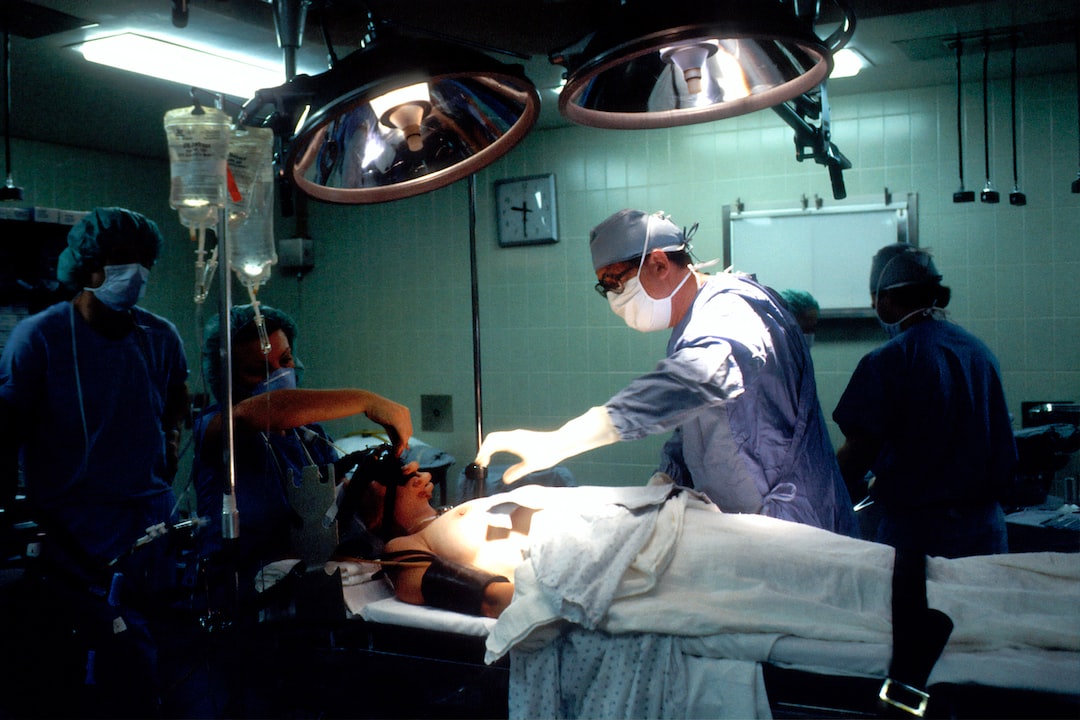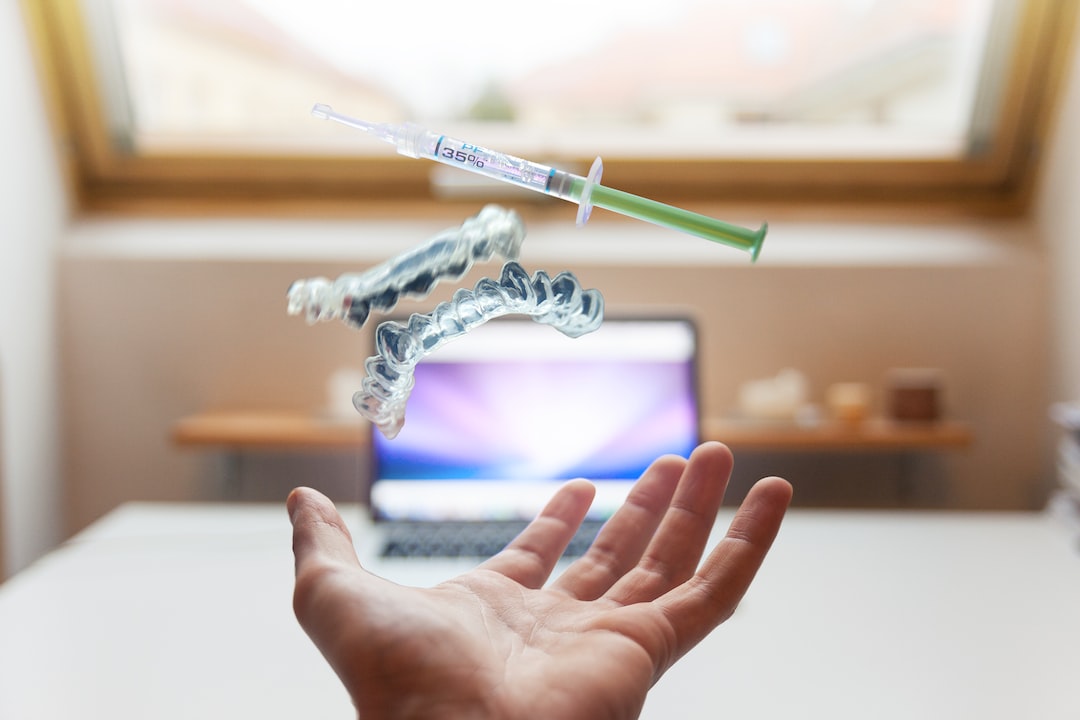Dental implants have revolutionized modern dentistry, providing a long-lasting and natural-looking solution for tooth loss. They have become the gold standard for replacing missing teeth, offering patients a permanent and functional alternative to dentures and bridges. Dental implants not only restore the appearance of a complete smile but also improve oral health and overall quality of life. Key Takeaways Dental …
Halitosis (Bad Breath): Causes, Prevention, and Treatment
Halitosis, commonly known as bad breath, is a condition that affects millions of people worldwide. It can have a significant impact on both oral health and social interactions. Bad breath can be embarrassing and can lead to self-consciousness and low self-esteem. It is important to understand the causes of halitosis and how to prevent and treat it effectively. Key Takeaways …
Oral Cancer Screening: Importance, Procedures, and Early Detection
Oral cancer is a serious and potentially life-threatening disease that affects millions of people worldwide. It is a type of cancer that occurs in the mouth or throat, and it can have devastating effects on a person’s health and quality of life. According to the World Health Organization, oral cancer is the 11th most common cancer globally, with an estimated …
Pediatric Dentistry: Ensuring a Bright Smile from an Early Age
Pediatric dentistry is a specialized branch of dentistry that focuses on the oral health of children from infancy through adolescence. It is crucial for parents to prioritize their child’s dental care from an early age to ensure proper oral hygiene and prevent dental problems in the future. Pediatric dentists are specially trained to provide comprehensive dental care for children, and …
Innovations in Dental Technology: Improving Patient Care
Dental technology has come a long way over the years, evolving from traditional methods to more advanced and innovative techniques. With the rapid advancements in technology, it is crucial for dental professionals to stay up-to-date with the latest innovations in order to provide the best possible care for their patients. This article will explore some of the most significant advancements …
Teeth Grinding (Bruxism): Causes, Consequences, and Cures
Teeth grinding, also known as bruxism, is a condition characterized by the involuntary clenching, grinding, or gnashing of teeth. It can occur during sleep (sleep bruxism) or while awake (awake bruxism). Bruxism is a common condition that affects both children and adults. It is estimated that about 8-31% of the population grinds their teeth at some point in their lives. …
Gum Disease: Causes, Symptoms, and Advanced Treatments
Gum disease, also known as periodontal disease, is a common oral health problem that affects the gums and supporting structures of the teeth. It is characterized by inflammation and infection of the gums, which can lead to tooth loss if left untreated. Gum disease is caused by a buildup of plaque and tartar on the teeth, which irritates the gums …
Braces and Orthodontics: Beyond Cosmetic Benefits
Orthodontics is a branch of dentistry that focuses on correcting misaligned teeth and jaws. One of the most common methods used in orthodontic treatment is braces. Braces are devices that are attached to the teeth to gradually move them into the desired position. While braces are often associated with cosmetic benefits, their importance goes beyond just improving the appearance of …
The Link Between Oral Health and Overall Wellness
Maintaining good oral health is not just about having a bright smile and fresh breath. It plays a crucial role in our overall wellness. Poor oral health can have far-reaching effects on our systemic health, leading to various diseases and conditions. Understanding the connection between oral health and systemic diseases is essential for taking care of our overall well-being. Key …
Dental Crowns and Bridges: Restoring Function and Aesthetics
Dental crowns and bridges are common dental restorations used to repair and restore damaged or missing teeth. A dental crown is a cap that is placed over a tooth to restore its shape, size, strength, and appearance. It is often used to protect a weak tooth, restore a broken or severely decayed tooth, or cover a dental implant. On the …










